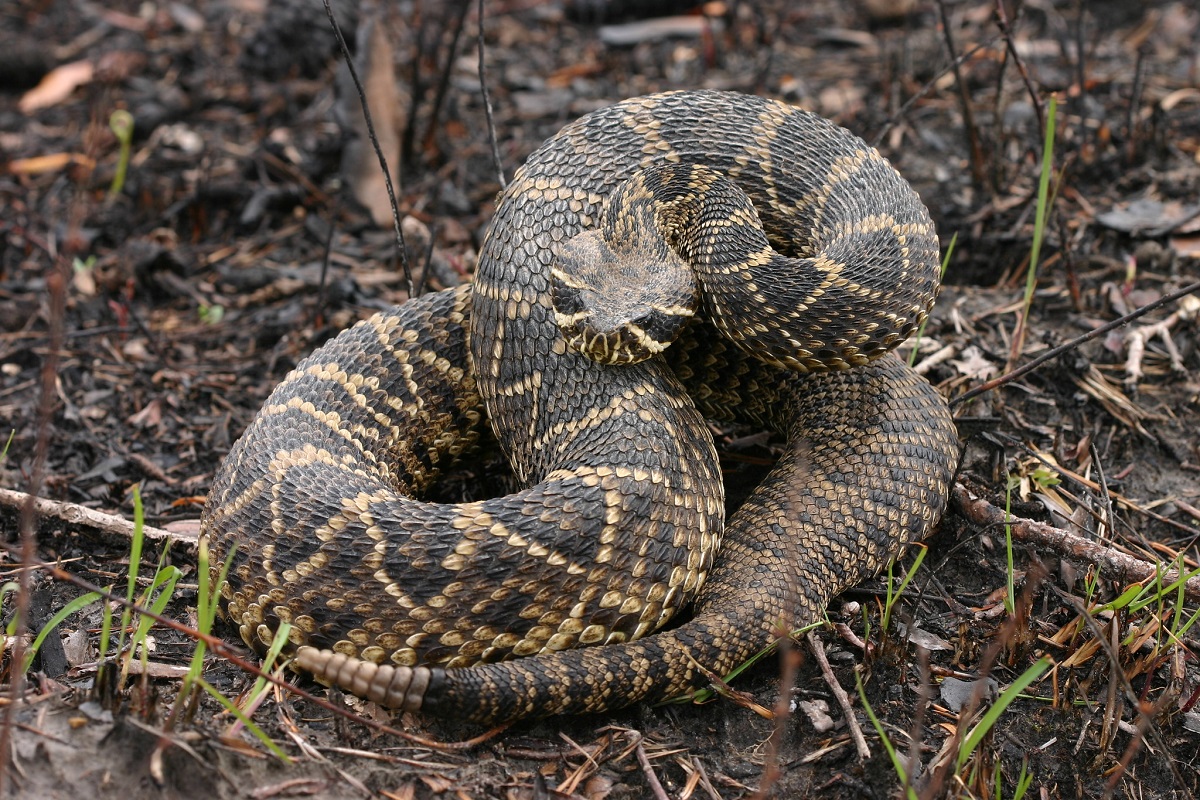By: Randy Tucker
They go by a lot of names, prairie rattler, sidewinder, diamondback, timber rattler, and just plain old rattlesnake. They inspire more fear in some people than the much more ubiquitous mouse or the even more prevalent spider.
As an outdoorsman in the wilds of Wyoming, I’ve encountered Crotalus Viridis many times. Invariably they’ve been angry, annoyed, and best left alone; but no, I didn’t always leave them alone.
I don’t kill rattlesnakes just because they are rattlesnakes. They have a place in the ecosystem, but not in my backyard with kids and grandkids.
Rattlesnakes are dangerous, but not as dangerous as conventional wisdom would have you believe. Every year in the USA, between 7,000 and 8,000 people are bitten by venomous snakes. Not just rattlers, but water moccasins, copperheads, and cottonmouths. Of those, on average, only five people die from a venomous snake bite.
That doesn’t mean they’re harmless, far from it; the tissue damage, nerve damage, and trauma from a rattlesnake bite are substantial.
Just a few more statistics before I get into one of my encounters with a big snake in central Wyoming. Arizona has more rattlesnakes than any other state, with 13 different species. North Carolina leads the nation in venomous snake bites, whereas California, the largest state in population by far, averages only 250 rattlesnake bites a year.
Those statistics were far from my mind one sunny day in early June when I set out for Sage Hen Creek in the Gas Hills of Fremont County, Wyoming.
The Gas Hills once held the largest uranium mining industry in America, with over 4,000 mine workers employed, but that was the boom period of uranium mining from the late 1950s to 1983.
The mines were long gone by the time Mark and I set out for Sage Hen.
Imagine an endless vista of three-foot-tall sagebrush, naturally separated about five feet apart by sections of prickly pear cactus and indigenous grass. The Gas Hills was perfect, largely pristine, Wyoming prairie.
The prickly pear was in bloom: yellow flowers, with purple interiors crawling with bees, ants, and beetles.
Sage Hen Creek was a two-foot-wide, year-around drainage, but it didn’t freeze and had deep pools in winding cutbacks of the stream where water fought its way to the Sweetwater River a few dozen miles away.
Mark and I were trout fishing. That sounds strange in a prairie environment, but Sage Hen was teeming with brook trout. Most were just fingerlings, but my record was a 14-inch brookie as a college kid many years before in the late 70s.
Fishing Sage Hen required stealth, a long rod, small hooks, and a lot of earthworms. I took my two-piece fly rod, with a very light, four-pound test line as a leader. The number 12 hooks were just the right size.
The trout were skittish, the slightest shadow sent the schools of brookies dashing for cover. We crawled to within five feet of the pools, tossed our lines in, and had a strike as soon as the worms hit the water. We soon ran out of worms, but we had more back in my truck.
My fishing partner started to lose interest in trout, but not me.
The stream cuts back and forth between slopes on both sides about five feet high. Instead of smashing through the sagebrush, I jumped from side to side across the little stream. About halfway to the truck I met a little surprise. As I jumped to the east, I landed in front of a four-foot prairie rattler. It was stretched out in the sun, but when I landed, it whipped quickly into a coil and started to rattle.
I jumped back to the other side and yelled, “Whoa!” very loudly. Mark heard me and yelled from about 75 yards away, “What did you see?”
“Rattlesnake, big one,” I yelled as I kept moving toward my truck.
Mark dropped his rod and made a beeline for me. He had a Ruger Blackhawk .44 Magnum in a holster on his hip.
I was reaching into the cooler in the bed of the truck when I heard the first booming shot of the magnum echo across the valley. In quick succession, I heard five more shots.
As I walked back, Mark had his prize. We later measured it at 51 inches, with seven rattles, a pretty big snake.
It had taken him six shots to finally hit the snake in the head. Not exactly a sniper level performance, but he had a nice snake.
He kept the rattles, I skinned the snake, salted it heavily, then stretched it out to dry. The skin made a nice display after I finished cleaning it and attaching it to a dark, red, painted 1×8.
Yes, it did taste like chicken when we fried it; actually, more like squirrel or rabbit than chicken, but it wasn’t too bad. Watching the sections of snake twitch and coil in the frying pan was a bit extreme, but the meat dusted with flour and garlic salt was good.

